Editor’s Note: this story is published in partnership with KCET / PBS SoCal and in association to The Migrant Kitchen, our Emmy-winning documentary series now on its fourth season.
It’s the first day of staff training at Kato’s new location when I get on the phone with Jon Yao in mid-January, just weeks away from its February opening at The Row in Downtown Los Angeles’ Arts District. I quietly knock on my wooden desk as he says it’s going fairly smoothly so far, hoping to not jinx his luck. In my notebook, I’ve dubbed the space as Kato 2.0, although the title is a misnomer—it’s not so much a sequel to the original 960-square-foot strip mall spot as it is a next step for Yao along with partners Ryan Bailey and Nikki Reginaldo.
Kato originally opened in June of 2016 in West Los Angeles, adjacent to Sawtelle. The first evolution of its menu was a 40-something-dollar prix fixe, which slowly grew into the more expansive menu it is known for today. The dining room fits 26 seats, and according to Bailey, the rate they would have to flip tables to do 60 covers a night was “aggressive.” The location also lacked a liquor license, and often, Reginaldo was the only one working front of house. On paper, the constraints of the space were overwhelming, but something special was born from those parameters.
Kato’s style of service, led by General Manager Reginaldo, started somewhat out of necessity due to those constraints. “I don’t like to say it was forced upon me to be intimate with every single person, but that kind of style I have for hospitality took shape in that small space just because I had to touch every table,” Reginaldo says. “I like to explain that my style of service is kind of like entertaining people in my living room.”
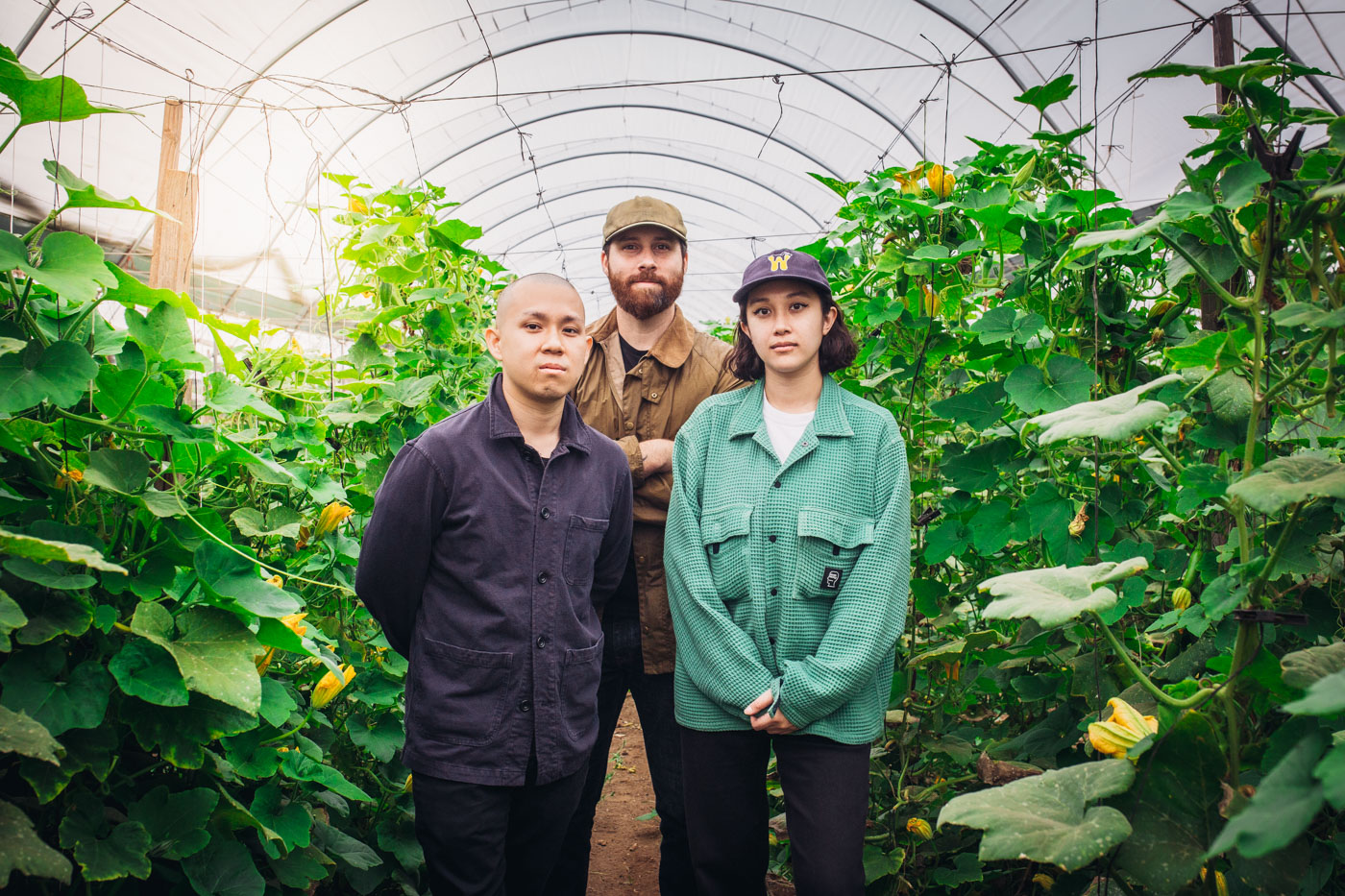
Reginaldo has known Yao since they attended rival San Gabriel Valley high schools, and she began working with Kato just a few months after its opening. Gatherings were a mainstay in her upbringing as a Filipino American and are something she credits for her interest in the hospitality industry. “Notoriously, Filipinos have big, fun parties—lots of karaoke, lots of food, lots of friends and family,” she says. “My house was always the one that was hosting. Having that sense of bringing people together has always been something I grew up with and I knew I wanted to keep in my life.”
By about a year and half into service at the West Los Angeles location, it became clear Kato had outgrown its original home. So about three-and-a-half years ago, Yao reached out to Bailey and they met up, somewhat fatefully, at The Row. Reginaldo and Yao first met Bailey during a collaborative charity event where he was the sommelier. Bailey and Yao went on to do a series of charity events and pop-ups together and realized their skill sets complemented each other’s. Over time, they became friends and when Yao was looking for someone to bring into Kato to help the restaurant grow, Bailey fit the bill.
They discussed what a partnership could look like for them, although at the time, Bailey was focusing on wine writing, launching a company, consulting and other projects. Committing to working with a restaurant long-term wasn’t on his radar— but Yao changed his mind.
Bailey told Yao he would come on board and do everything within his power to get Kato to the next level. And he has held true to his word, becoming a part of the team that made it possible for Kato to open its doors at the former M. Georgina space. “It’s everything we could have asked for,” Yao says of their new home.
Where the West L.A. location could seat only 26, the new location has space for 100—although they’ll currently seat 50 at a time. Gone is the tight closed-off kitchen that separated Yao and his team from guests, replaced with an open kitchen that offers an experience comparable to a chef’s table. And now that a liquor license is in place, a new beverage program is being developed to pair with the menu, with alcoholic and non-alcoholic options and an extensive wine selection. The tea program will also undergo expansion, and a new coffee program will be introduced.
“There is a lot of intention in every little detail we’ve put forth in the space,” Bailey remarks. The furnishings for the restaurant have been custom-made with input from the team, and the art collection hanging on the walls includes pieces that are painted by Yao’s grandfather. In working with purveyors and sourcing products for Kato, there is also a conscious effort to support Asian American businesses.
The team is growing too—from six to 18—with eight people devoted to front-of-house operations. Kato will also be continuing its practice of charging an 18.5% service charge on bills instead of offering tipped service. “We feel that giving the guests the opportunity to evaluate the experience and then dictate how much income our employees make is not fair,” Bailey says. The service charge allows Kato to offer employees higher wages and benefits, including health insurance and a 401(k). The menu will also undergo heavy renovation with classics like the boniato yam dessert, tapioca pearls and steamed fish notably absent. “The menu is pretty much entirely new,” Yao says.
What will remain the same are the team’s intentions for Kato. “First and foremost, [we want] to really tell the story of Asian American nostalgia when it comes to how we grew up in Southern California and how our food was growing up in San Gabriel Valley,” says Reginaldo. “[We want to tell] that story and really let the people who did grow up in that lifestyle feel seen, because that’s something me and Jon experienced and strived for in the old space.”
Raised in the San Gabriel Valley, food—and using it as a medium for connection—has always been central to Yao’s life. He remembers his mother cooking when he was a child, ensuring that anytime they would go out to eat it was a special experience, even if it wasn’t for a specific occasion. “Growing up with immigrant parents, we definitely weren’t wealthy or anything, so food was the most simple way to celebrate,” Yao says. “My family is not big on material things, but every time there is a birthday or something, we have to sit down and eat together.” He describes his mother as an “amazing chef” and says she makes egg rolls unlike anything else he’s ever had, with a sticky center that oozes.
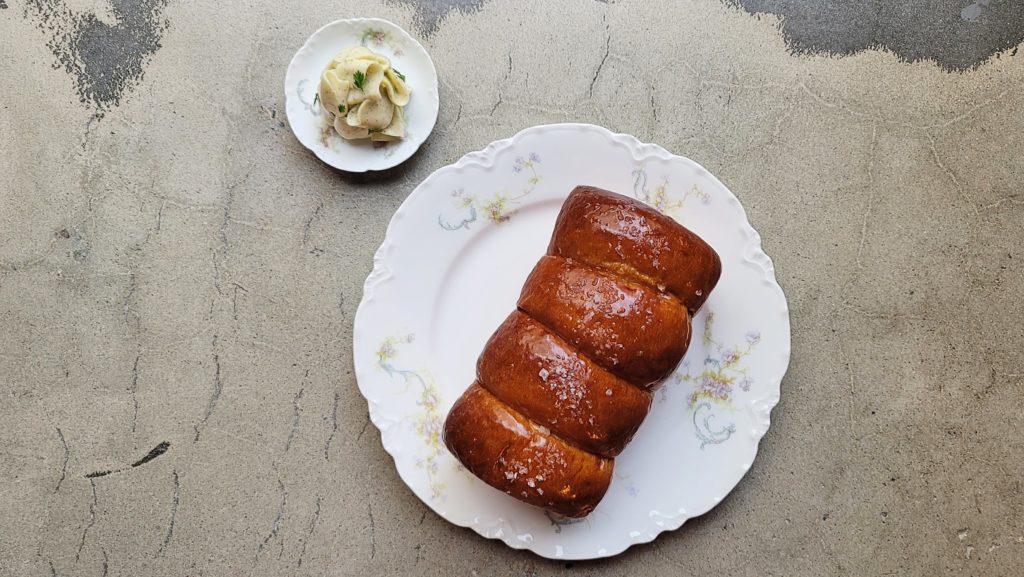
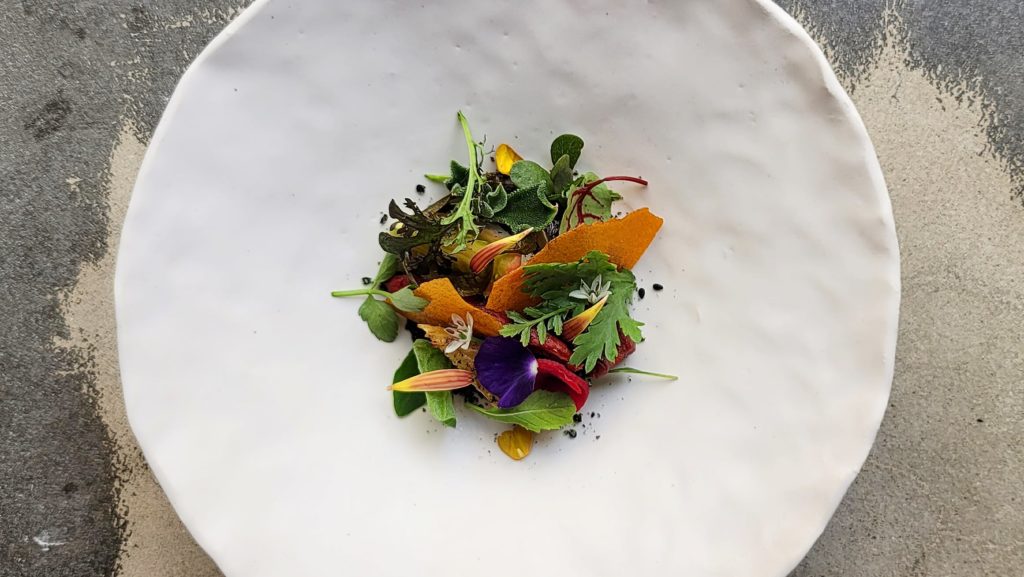
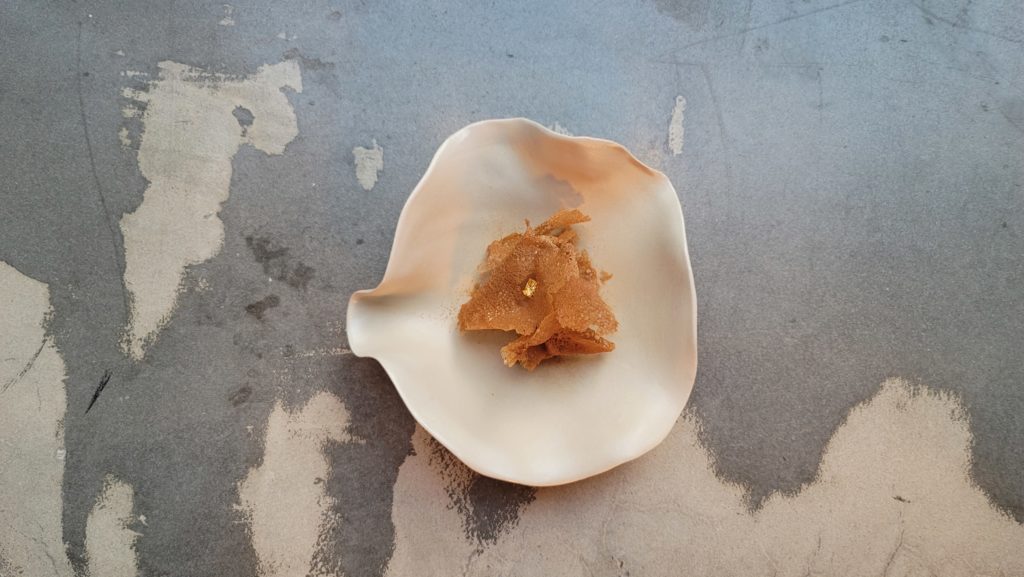
Yao recalls enjoying cooking for his friends while he was in high school—something he would do often. Once he got to college, he took on a job at a hot pot restaurant, waiting tables, washing dishes and doing prep work while pursuing a bachelor of science in anthropology. A path toward becoming a lawyer was in his sights. Yao intentionally chose a major to help with his critical thinking and LSAT performance.
At the time, Los Angeles was seeing its first wave of markets like 626 Night Market pop up, and Yao, along with his friends, decided to try to sell food at one and see if they could turn a profit. Until then, he hadn’t considered pursuing a career in hospitality, but the experience sparked an interest in interning at restaurants after graduation.
When Yao first opened Kato, the menus mostly consisted of foods he wanted to eat. “It was a little scatterbrained,” he admits. They were eventually dialed in to include primarily Taiwanese offerings, but have now expanded to draw influences from a wider range of Asian American foods. “[Now] it’s very Southern California, Angeleno food,” Yao says. “It’s a little bit of my heritage and it’s a little bit of other people on the team’s heritage. It’s things we experienced in the city growing up, and things we experience in the city now.”
For Yao, food symbolizes something both personal and mundane. “It’s the most recurring theme in all of our lives,” he says. “We eat three times a day and I think it’s just the great connector—the great unifier. We all have to eat; we all have to share a meal. It’s beautiful in that way.”
While there’s no singular way to define success for a restaurant, although Kato’s Michelin star doesn’t hurt its case, Yao is clear on what success looks like for him. “I really want to be at the point where I can take care of my parents and be able to spend time with them,” he says.
“When you’re younger, you take things for face value, and you don’t really understand why your parents are doing certain things,” Yao says. “The more I grow, the more I understand the things my parents did for me, the sacrifices they had to make, and them being first-generation immigrants.”
Kato is just the beginning of the long overdue recognition of Asian American cuisine as part of fine dining, but Yao is already thinking far beyond his four walls. “The dream is to give Asian people the space to voice themselves and express themselves,” he says. “Our medium is food, and we’re really able to pursue that at a high level, and I hope other people see us doing this and they decide to do that in their own fields.”
With the reopening of Kato, Yao—alongside Reginaldo, Bailey and the rest of the team—continues to pave a path towards that dream.





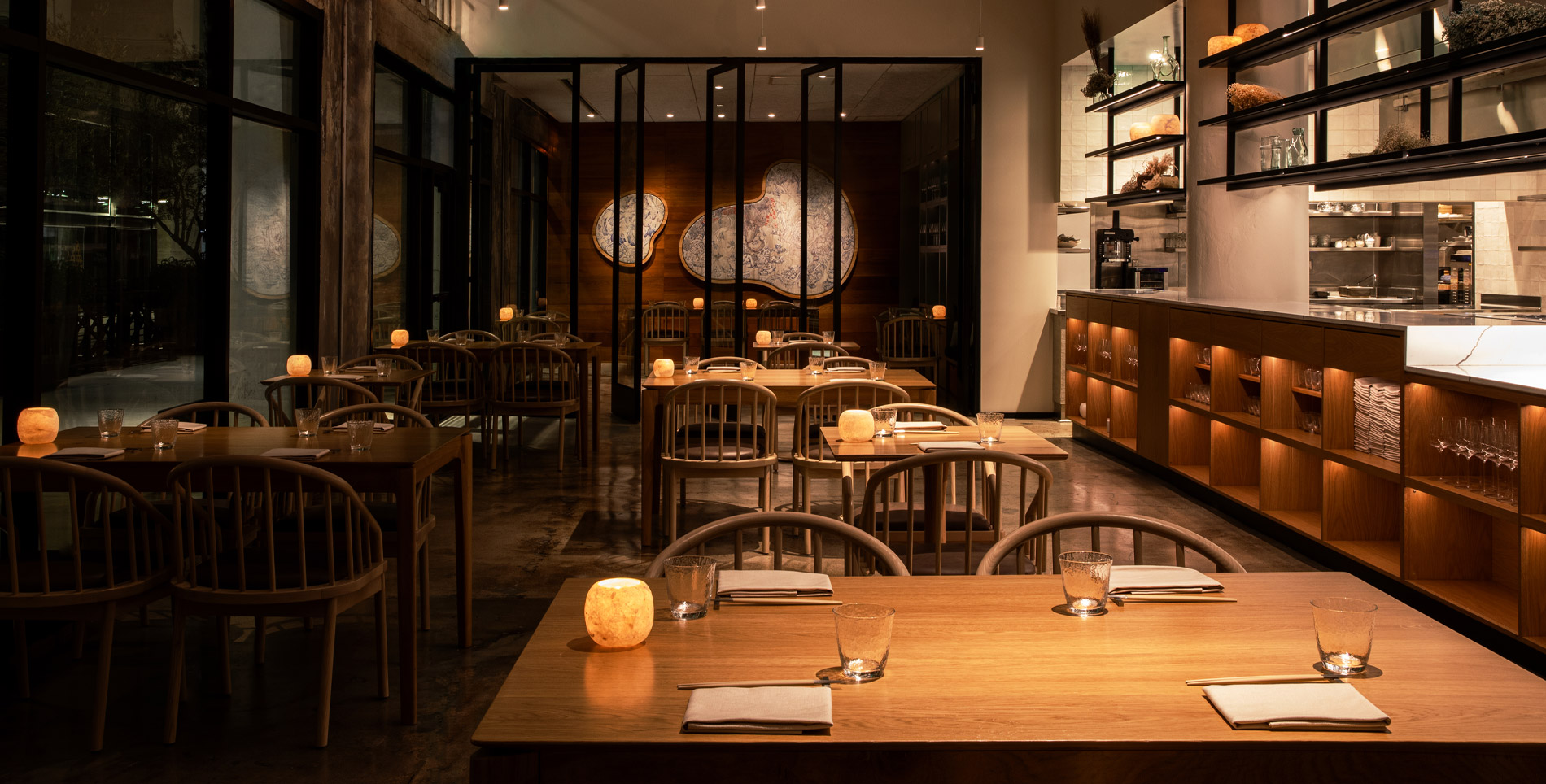

Our comments section is for members only.
Join today to gain exclusive access.